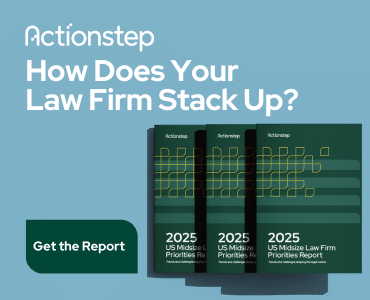Mobility is a bedrock consideration for modern business practice, including the practice of law. But today’s mobile tool kit may be incomplete without a portable scanner, that will allow you to roam free, and paperless, wherever you happen to be.
The recent history of technology advancements teaches that the path to happiness is paved with ever-smaller, and ever-more potent, devices. This post-modern love story has its historical roots in a repetition of the moral to the end of the Cretaceous Period, when dinosaurs became extinct, clearing the Earth for the rise of smaller, lither, more well-equipped mammals and, eventually, the course of humanity. The recent history of computerized devices shares the tenor: the first modern computers, being large, docile machines, were just made to give way to more compact versions, culminating, to the furthest stretch of time as we know it, in the rise of the tablets.
The beauty of powerful micro-devices, of course, is that you can use them nearly anytime, and nearly anywhere, with very little personal discomfort. And lawyers, with their industrious (though late-coming) folkways, have begun to adopt all manner of carry-alongs, to reproduce their practices out of their doctor’s bags without a moment’s hesitation. More solo and small firm lawyers, then, are skirting traditional costs by removing from their operating budgets the appendices of office space rentals and are instead practicing in virtual spaces, out of colleagues’ offices, in their cars, in a house, with a mouse ….
Making this drifting work style possible are tools for converting potentially cumulating paper documents to null-weight electronic files. Attorneys have adopted portable scanners to turn paper that used to weigh pounds into gigabytes that, in total combination, weigh only as much as the device from which they are accessed.
Of course, choosing a scanner is one thing; but, selecting the right scanner is another matter altogether. It is, in most cases, easier and cheaper to buy a wand scanner (like this), or a slim scanner (like this); but, for a busy lawyer, with lots of documents to process, the most effective choice is a business-level device versus a home-use device, meant to scan old family photos, one at a time, of a Sunday afternoon.
Fast batch-scanning, double-side rendering, OCR-ing scanners that reproduce at high quality are the order of the present day for the lawyer about town. These are three top scanners for the law office that meet the referenced requirements:
- Fujitsu ScanSnap S1500 (specs: bundled with Adobe Acrobat; “M” version available for Macs; 20 ppm color; 50-sheet document feeder)
- Kodak ScanMate i1120 (specs: bundled with Nuance PDF; interactive color adjustment; 20 ppm color; 50-sheet document feeder)
- Canon ImageFormula P-150 (specs: bundled with Nuance PDF; Windows and Mac compatible; no plug, powers from computer via USB; 15 ppm; 20-sheet document feeder)
It’s owing to tools like these that the contemporary circuit ride does not any longer follow a barnstorming courthouse, but breaks, rather, whenever and wherever suits the roving, modern-day lawyer
Jared D. Correia is the law practice advisor at the Massachusetts Law Office Management Assistance Program. Prior to joining LOMAP, he was the Publications Attorney for the Massachusetts Bar Association. Before that, he worked as a private practice lawyer. Jared is a graduate of Suffolk University Law School and of Saint Anselm College, where he was a captain of the debate squad that finished as national runner-up in 2000. He loves James Taylor.
Illustration ©ImageZoo.
















